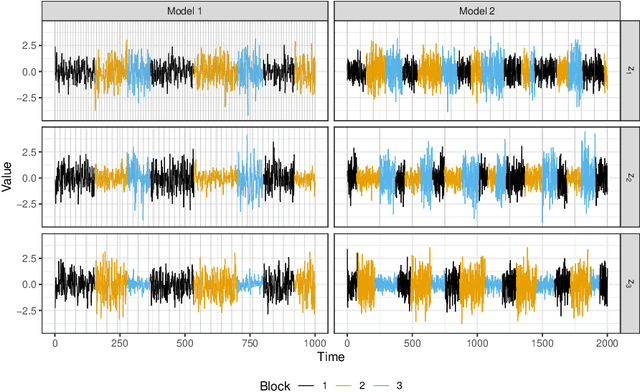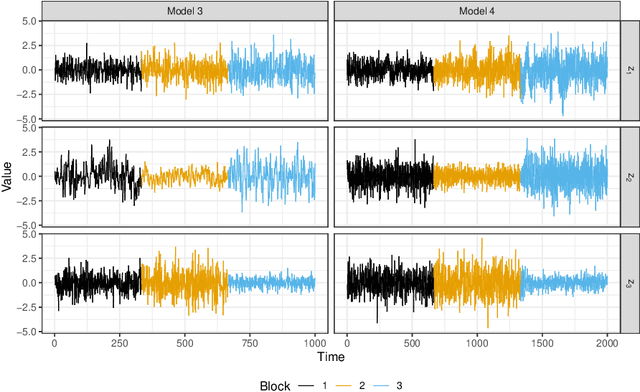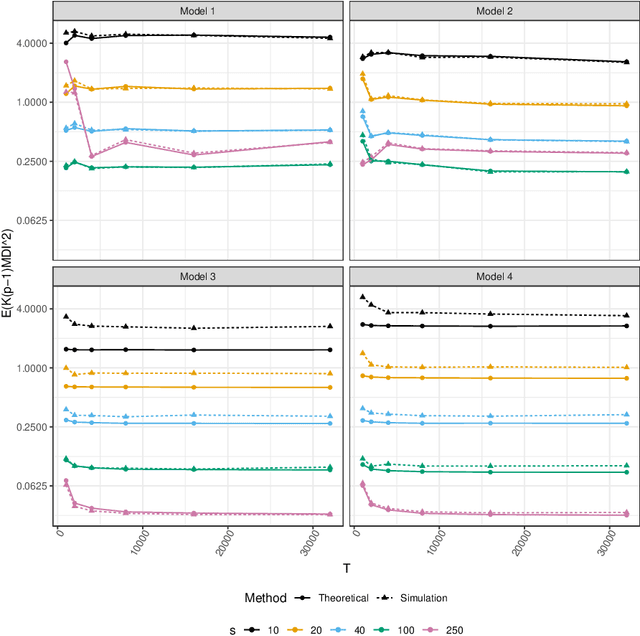Joni Virta
Methods for generating and evaluating synthetic longitudinal patient data: a systematic review
Sep 21, 2023Abstract:The proliferation of data in recent years has led to the advancement and utilization of various statistical and deep learning techniques, thus expediting research and development activities. However, not all industries have benefited equally from the surge in data availability, partly due to legal restrictions on data usage and privacy regulations, such as in medicine. To address this issue, various statistical disclosure and privacy-preserving methods have been proposed, including the use of synthetic data generation. Synthetic data are generated based on some existing data, with the aim of replicating them as closely as possible and acting as a proxy for real sensitive data. This paper presents a systematic review of methods for generating and evaluating synthetic longitudinal patient data, a prevalent data type in medicine. The review adheres to the PRISMA guidelines and covers literature from five databases until the end of 2022. The paper describes 17 methods, ranging from traditional simulation techniques to modern deep learning methods. The collected information includes, but is not limited to, method type, source code availability, and approaches used to assess resemblance, utility, and privacy. Furthermore, the paper discusses practical guidelines and key considerations for developing synthetic longitudinal data generation methods.
Large-Sample Properties of Non-Stationary Source Separation for Gaussian Signals
Oct 10, 2022


Abstract:Non-stationary source separation is a well-established branch of blind source separation with many different methods. However, for none of these methods large-sample results are available. To bridge this gap, we develop large-sample theory for NSS-JD, a popular method of non-stationary source separation based on the joint diagonalization of block-wise covariance matrices. We work under an instantaneous linear mixing model for independent Gaussian non-stationary source signals together with a very general set of assumptions: besides boundedness conditions, the only assumptions we make are that the sources exhibit finite dependency and that their variance functions differ sufficiently to be asymptotically separable. The consistency of the unmixing estimator and its convergence to a limiting Gaussian distribution at the standard square root rate are shown to hold under the previous conditions. Simulation experiments are used to verify the theoretical results and to study the impact of block length on the separation.
 Add to Chrome
Add to Chrome Add to Firefox
Add to Firefox Add to Edge
Add to Edge